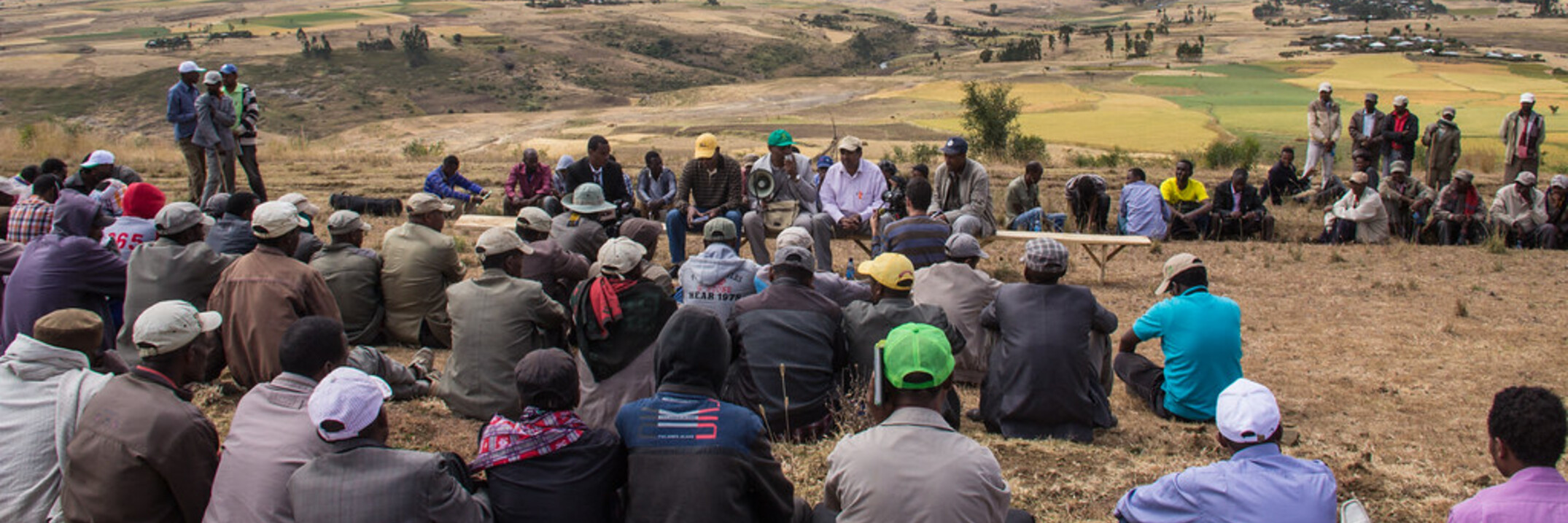An experiment was conducted at research farm, Agricultural research sub-station, Hanumangarh, a
unit of Swami Keshwanand Rajasthan Agricultural University, Bikaner during Kharif season, 2016 to
study the effect of water and nitrogen application rates...


